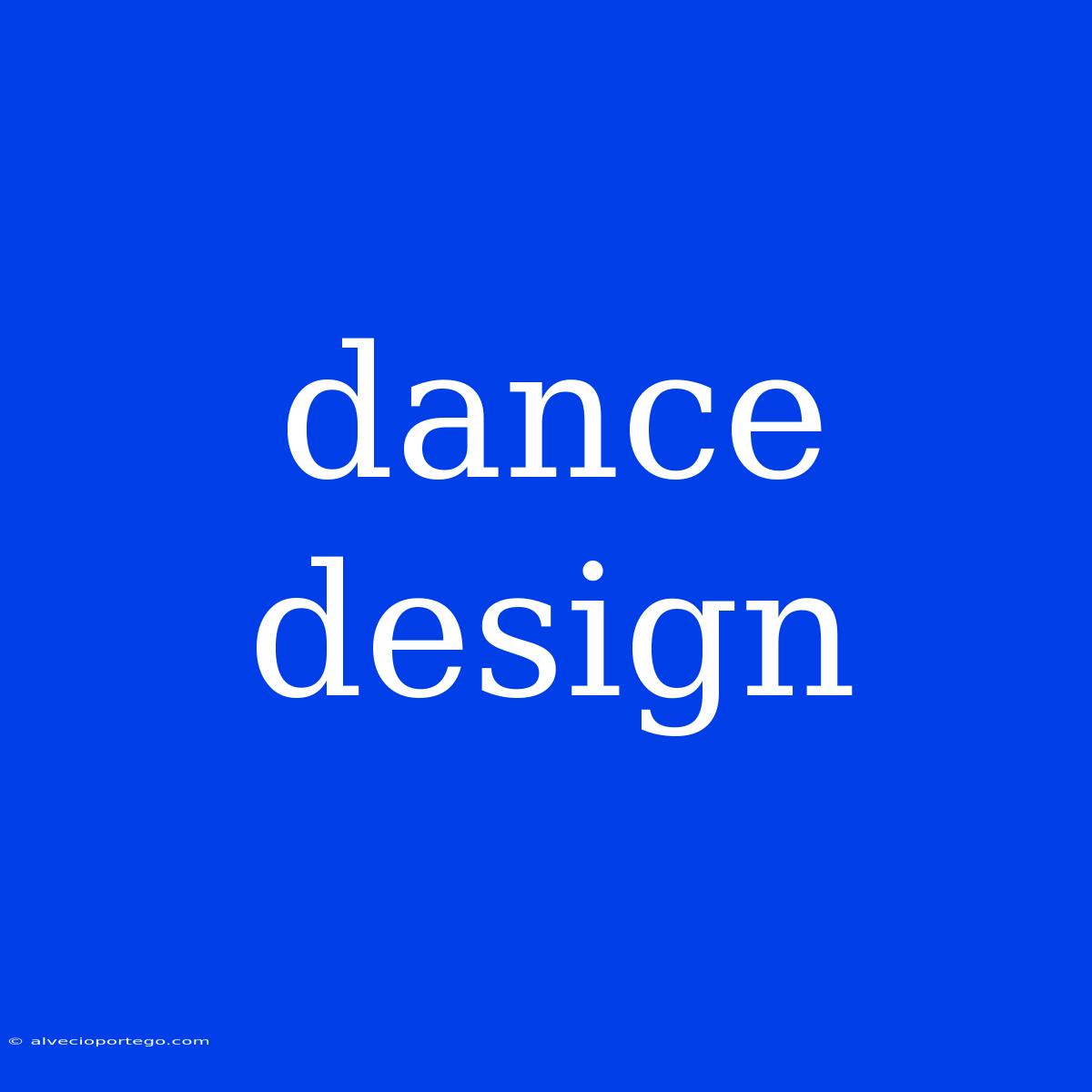Dance Design: The Art of Creating Movement
Dance design is the process of creating a dance, from the initial concept to the final performance. It is a multi-faceted art form that encompasses choreography, music, costume, lighting, and set design. While dance is often seen as a form of expression, dance design is a meticulous process that requires careful planning and execution.
The Elements of Dance Design
Choreography: The heart of dance design, choreography is the arrangement of movement in space and time. Choreographers create sequences of steps, gestures, and formations that tell a story, evoke emotion, or explore a particular theme.
Music: Music is the driving force behind much of dance. The tempo, rhythm, and mood of the music dictate the speed, style, and emotional content of the movement. Some choreographers create original scores, while others choose existing music to complement their work.
Costume: Costumes play a vital role in creating the visual identity of a dance. They can help to establish the era, location, and character of the piece, and can also influence the dancer's movement.
Lighting: Lighting is crucial for setting the atmosphere of a performance. It can highlight specific movements, create shadows and textures, and even change the perception of space.
Set Design: The set can be as simple or as complex as the choreographer desires, ranging from a bare stage to a fully realized environment. It provides the context for the dance and helps to create a sense of place and time.
The Dance Design Process
The dance design process begins with the conception of an idea. The choreographer might be inspired by a personal experience, a piece of literature, a piece of music, or any number of things.
Development: The choreographer then develops the idea into a concrete plan. This involves creating a narrative, if applicable, and choreographing the movements. The choreographer might work with dancers to explore different movement possibilities, experiment with different rhythms and dynamics, and refine the choreography until they are satisfied with the result.
Production: Once the choreography is finalized, the next step is to create the production elements. This involves selecting or composing the music, designing the costumes, and planning the lighting and set design.
Rehearsal: The dancers must then rehearse the dance thoroughly, learning the choreography, perfecting their technique, and collaborating with the other creative team members.
Performance: Finally, the dance is performed for an audience. The performance is the culmination of all the hard work and creativity that went into the design process.
The Importance of Dance Design
Dance design is essential for creating compelling and impactful dance performances. It allows choreographers to express their vision, explore different themes and ideas, and engage audiences on an emotional level. Dance design helps to make dance a powerful form of communication, entertainment, and art.

